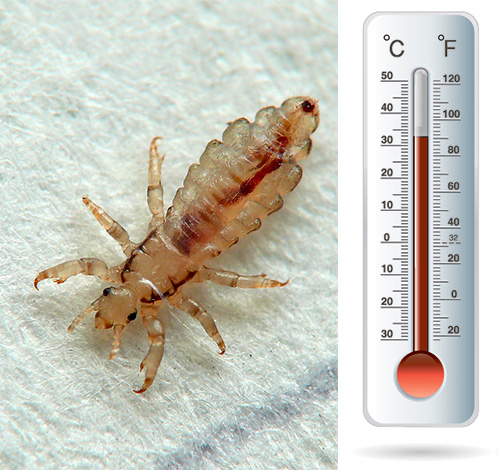
In terms of temperature stability, lice are in many ways similar to bed bugs: these parasites are adapted to live only in very narrow temperature ranges. Lice die at a temperature that is no longer comfortable, but still bearable by humans, and therefore it is quite possible to destroy them without the use of toxic substances.
But this requires a certain perseverance, as well as knowledge of the technology of such a fight against lice, the important nuances of which we will consider further.
Temperatures dangerous for lice
Adult lice are able to survive for several days at temperatures ranging from -5°C to +40°C.

At temperatures outside these limits, lice and their larvae die within a few hours. At temperatures above +54°C and below minus 13°C, lice die within 5 minutes.
On a note
These temperatures are to some extent conditional. At high air humidity, the temperature intervals at which lice survive are reduced, and at low air humidity, they approximately correspond to the indicated values.
Already at a temperature of about 0°C and at +42-44°C, the lice are so weak that they can be easily shaken off the head or underwear.This is used in sanitation when combing out lice with special combs.
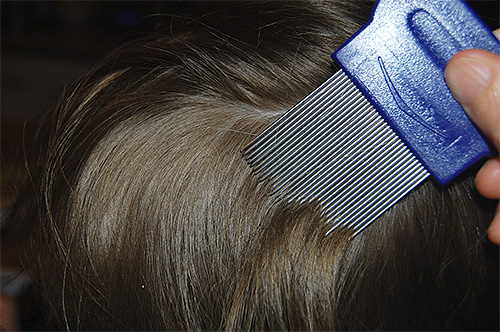
Important!
These data should not be interpreted in such a way that if you walk for half an hour in the cold at minus 20 ° C without a hat, then the lice will all die at once. The hairline on the human head was created by nature in order to maintain a constant temperature at the surface of the skin. So, it is there that the lice, although they feel discomfort, will not die for sure. Criminalists know that lice begin to spread only from a corpse that has cooled to a temperature of about 20 ° C. In other words, if the body is warm, the lice around it will survive, no matter how much a person tortures himself with cold.
Practice shows that it is easiest to deal with body lice using heat treatment. The main place of their presence is clothes that can be both boiled and hung out for several days in a hard frost. It is difficult to treat a person himself with temperatures that are critical for lice, but it is possible - for this today there are even specially developed methods, which will be discussed below.
At what temperature do nits die?
Nits (lice eggs) are generally more resistant to high and low temperatures. Even after exposure to lethal temperatures for adult lice, nits may not die, and after the return of normal mode, larvae will hatch from them.
However, there are critical conditions for lice eggs. Namely, nits die at temperatures below minus 20°C and above +60°C. Almost instantly, nits die at a temperature of about 100 ° C in boiling water when clothes are boiled.
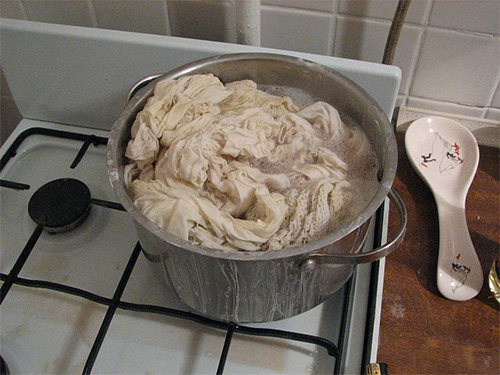
Linen lice are dangerous precisely because if the clothes infected with them are not used for a sufficiently long time and stored at normal positive temperatures (even near zero), all adult lice on it will die of starvation, and nits will remain viable in a state of diapause. As soon as a person puts on clothes, warming it up, larvae will hatch from the nits, capable of creating a new population of parasites.
And further: A selection of effective remedies for lice and nits (the article has more than 100 comments)

Given the reliable and strong adhesion of nits to the surface, even knowing at what temperature the nits die and treating the fabric with such a temperature, it can be impossible to completely remove them - after destruction, additional combing or cleaning of clothes will be required.
Fight body lice with frost
Knowing at what temperature lice die can be very effective in dealing with body lice. They usually do this in winter:
- All clothes worn by the infected are hung out in the cold for several days. Preferably for a week.
- The infected person himself is thoroughly washed, his head is shaved or his hair is carefully combed out with special combs.
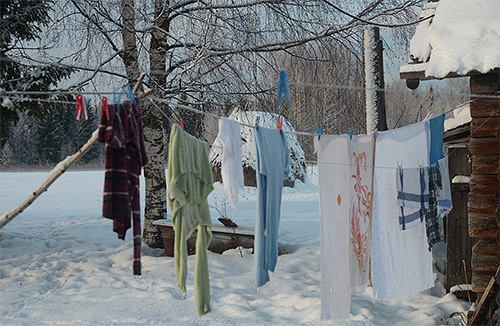
It is important that the temperature at which things will be frozen is really very low - below minus 20 ° C. Nits die at about this temperature, and after such freezing, the parasites will have no chance of survival.
Freezing head and pubic lice is physically impossible without risk to the infected person himself. To combat them, other temperature methods are sometimes used.
Removing lice with high temperatures
Removing lice on the body with high temperatures is quite laborious, but, as experiments show, it is quite effective.
The most revealing were the attempts by American researchers to develop a special hair dryer to kill lice. This hair dryer blows air at about 50°C to the infected part of the body, which is sensitive but painless to humans.
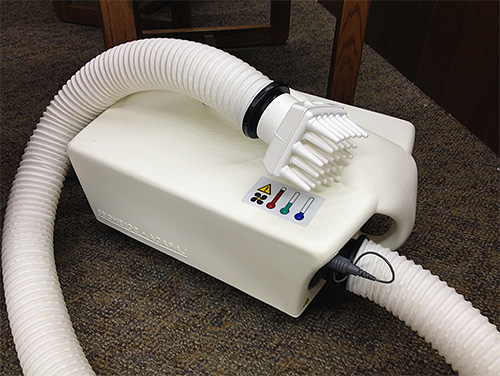
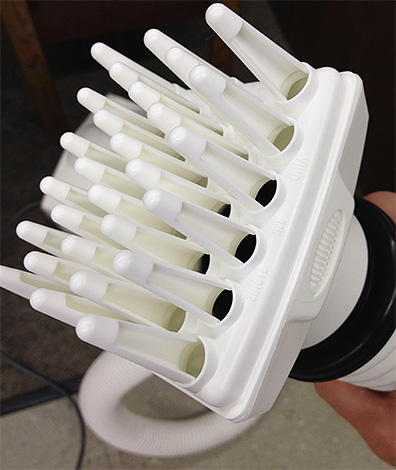
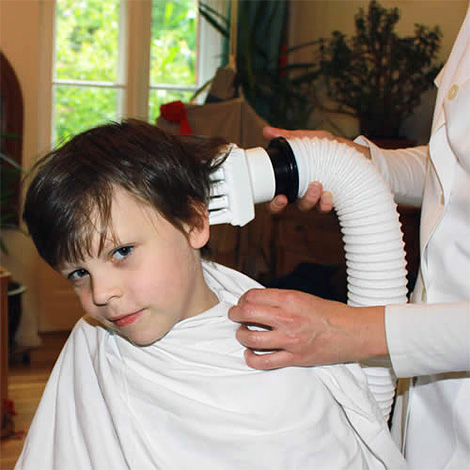
Lice die at temperatures around 55°C, and at 50°C they lose their mobility and cannot cling to hair. Accordingly, a half-hour hair treatment with such a hair dryer allows you to immobilize and weaken the parasites, after which they are shaken off and combed out of the head with special combs.
It is interesting
The very idea of using a hair dryer against head lice was proposed by the British inventor Dale Clayton. He originally developed lice products in the UK, but then moved to Salt Lake City, an area with a much hotter and drier climate. There he discovered that local lice are much less viable, and after staying for a long time in the sun in dry desert air, they completely lose their mobility. This prompted him to create a special hair dryer.
Today, such hair dryers for mass use are not yet produced, but those who have decided to fight lice mechanically - with the help of combs - can take the method into service. Before combing the hair, it should be washed in water with a temperature of about 55 ° C, and then dried with an ordinary hair dryer at the maximum tolerable temperature. Lice after this procedure will be combed out easier and in much larger quantities.
And further: Just don't burn your hair - vinegar is really effective against lice and nits (the article has over 100 comments)
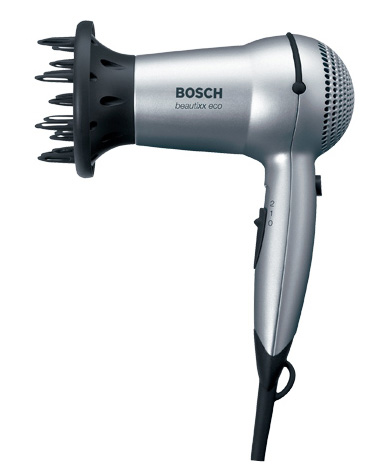
Review
“Since the time I worked at the SES, I knew at what temperature lice die. It's about 50 degrees. When lice appeared in a child, I didn’t even think in the direction of any insecticides - it’s all poison. I did this: I just bathe the child, then I dry his hair with a hairdryer at a temperature that is already a little unpleasant, but you can endure it - for about 7 minutes. Then I immediately take it and comb my hair with a lice comb. It should be special, dense, with hard teeth. There are a lot of them on the Internet now. Only lice and nits do not die at this temperature, but are inhibited, and they need to be combed out over the bath.
Lyubov Ilyinichna, Sterlitamak
How does temperature affect the rate of reproduction of lice?
Temperature also affects the rate at which lice reproduce quite significantly. At temperatures below +22°C and above +40°C, lice larvae and nymphs stop feeding and do not develop. At the same temperatures, the development of nits does not occur - larvae do not hatch from them, although the nits themselves do not die, their development is simply inhibited.

At a temperature at which lice die, nits are still able to survive. In general, even a small change in temperature already affects the duration of the reproductive cycle of lice.
The optimum temperature for lice breeding is +30-32°C. Under such conditions, the period from egg to egg is about 16-18 days. Lowering the temperature to +28°C stretches this period to 23-24 days, and at +25°C from egg to egg it takes about 35 days.
At a temperature of +22°C, the larvae stop hatching from the nits.This is how the natural defense mechanisms of the population work - at low temperatures, lice are not viable, and it is more rational to keep dormant nits until the next warming than to risk hatching larvae, which can simply die of starvation.
Interestingly, increasing the temperature at which lice live does not lead to the opposite effect. If the increase in temperature to +34-35°C keeps the duration of the reproductive cycle at the level of 16-17 days, then upon reaching +37-38°C, reproduction in lice practically stops, and after +40°C they begin to die.
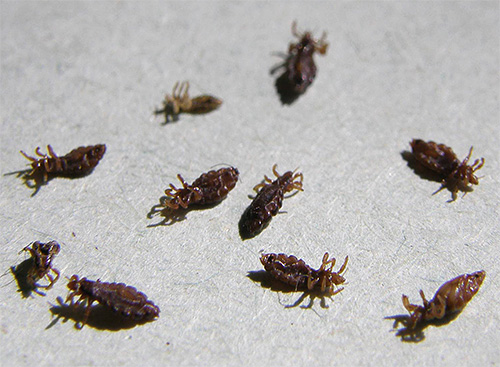
At the same time, under natural conditions, lice practically do not appear in such conditions.
How about in nature?
Lice on a person rarely get into extreme situations - thanks to their activities, people can constantly be in comfortable conditions for themselves and for their parasites. Even if a person finds himself in the cold or in conditions of extreme heat, hair or clothes protect both his body and lice from significant temperature changes.
It's the same with animals. Human lice do not parasitize on them, but they have their own analogues - withers, very close to lice. Due to the dense structure of wool in animals, even among the inhabitants of the polar regions, the lice find themselves in quite tolerable conditions near the skin itself - under the dense undercoat, a temperature is maintained at which parasites can live and multiply.
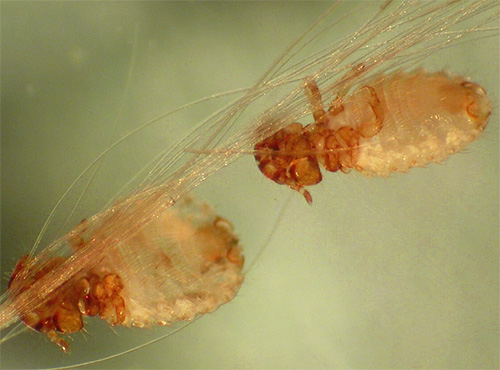
In winter, under icy hairs, the lice, of course, slow down their activity a little, but by the summer they begin to multiply again at a normal rate.
In this regard, people are lucky - if they wish, they can change clothes and shave off their hair without the risk of being cold or overheated. In the fight against lice, this advantage must be used.
Interesting facts about the life of lice
What causes head lice

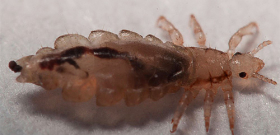
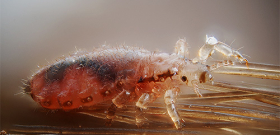
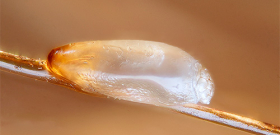
There is a great tool - a NitFree spray, it repels lice, and a NitFree comb.
The pediatrician recommended the Nit Free comb to us, explaining that only in this comb the distance between the teeth is smaller than the nits, and there are also special notches, so both lice and nits are easily removed. And it is not necessary to etch with chemistry before combing, it is enough to wet the hair, the effect is the same! We are very grateful to him, it took only two combing out, and after the second there was nothing, they did it just in case.
And for how much did you buy?
I have lice, I'm 13 years old. The best ways: hair dye, vinegar, dichlorvos or kerosene!
Yes, kerosene is the best and cheapest! The recipe is this: we buy half a liter of kerosene in the household.store, pour it on dry hair, thoroughly soaking it with kerosene, and set it on fire. While kerosene burns, nits, lice die.
Are you crazy about setting your hair on fire?
Have you already tried it for yourself?
Ha ha
Yes, a good way, though the whole head will burn!
Indeed, no hair - no problem!
Roman, you have an absolutely non-constructive approach to solving this problem.
After washing your head with hot water of 60-70 degrees, cool it with cold and again hot and again cold. After drying with a hairdryer (hot air), moisten with vinegar for prevention (optional). Then comb out with a fine comb and, finally, wash your hair in the usual way. Do not forget to wash clothes at high temperatures: lice and nits die after 55 degrees. Personally checked!
I believe that in the sauna (in the steam room), having turned gray for half an hour, you can also fry both lice and nits. Didn't check!
There are irons for straightening hair, I “straightened” my daughter’s hair and you don’t have to worry about nits)) Temperature is 200. Probably, a curling iron for twisting hair will do.
Quite, they are afraid of high temperatures, about 60+, and there are more than 130, at least.
I had lice, but my mother brought them out, but the nits remained. How to remove nits? I know that I need a comb, but I didn’t find the comb anywhere (So, please advise.
Scallops are sold in a pharmacy.
Hello. Help, I have been removing lice for 4 months now. But I need folk remedies. Tell me, what about vinegar?
If you do not want chemistry, a very simple way is air conditioning and vinegar.You apply the conditioner to the hair with a thick layer and start combing out with a small comb, while the comb must be washed periodically. Then rinse with vinegar. So you repeat 1, 5, 9, 13 days. You have to do this twice a day. On days when you do not use air conditioning, wash your hair with water at 55-60 degrees, and then comb your hair again with a fine comb, preferably over the bath. There will be no lice and no nits. Good luck.
I don’t know for sure if I have lice, but my head itches. Tomorrow I'll go to the bathhouse, it's 100 degrees.
The best remedy is Paraplus. Apply once and that's it. And it costs 800 rubles. I used it, I know.
The best remedy is not to live on this mortal earth at all...
Faced with these parasites, when I was small in the camp, I picked it up! We bought some kind of anti-lice shampoo, 1 treatment was enough, they disappeared. To this day I live without them.
The best way is kerosene. Apply with a cotton swab to the scalp, then process completely along the entire length of the hair. You put a bag on your hair, and a towel over the bag. You sit for an hour or two. How much you can endure, as it will burn and itch a lot. But all lice and nits die completely. The nits peel off the hairs. After such a procedure, there will be no nits or lice.
The best way is to shave your head bald.
What if it's a girl?
If it's a girl, it will help her too.
In such a chic way, my mother gave me a burn as a child. Hair in this place does not grow now. Spot with a dime coin. Be very careful with kerosene.
We bought Pediculen, 500 rubles, the kit comes with a scallop, a magnifying glass and poison in the form of a spray. And in childhood, my grandmother brought us kerosene - a bag with a towel on the head and sleep, in the morning you will be happy.
If the scalp is not injured ...
What about hellebore water? She is always the last to be remembered. As a child, my mother took out and combed out the dust, the hairs were always long, I used my small hellebore water, and scratched, scratched, scratched.
Why reinvent the wheel? In Russia, they always washed in a bath, and there were no lice. It is enough to sit for 10 seconds in a bath at 100 degrees. Tried. Even nits will dry instantly.
There is a saying: "Who is talking about what, but the lousy one is about the BATH" ... 😉
I have 2 daughters and one from school brought lice. So along the chain it came to the youngest, and to me. I sprayed them. The next day, she sat and pulled out nits with her hands along small strands. But I have no one to pull out. How can I get rid of nits? They will also hatch.
Buy a comb in a pharmacy, and then comb it over a bath or a sheet.
We tried all the pharmacy products on the child, the hair is long ... Hellebore water does not help (it is a poison that can only be used after 18 years of age, as they say in the instructions). Boiling laundry and constant ironing do not help. I pull it out, comb it out with combs, go to school - they appear again, and so for 2 months. I took funds from 50 rubles to 1200. I decided radically - I will straighten her hair with an iron, since I will not poison the child with kerosene after so many drugs (the most interesting thing is that they appear again and again with her).
So maybe the funds help, and the daughter is constantly in contact with the patient at school? It brings again and again.
So she has contact with an infected child - that's why she brings it again and again. Raise the question in class and that's it.
And I brought out the lice with tea tree essential oil, safely and effectively.
Not a single drug bought at the pharmacy helped. I got sick several times in 8 months. Hands down already. I'll just comb everything out with a comb, my whole head is clean, but no - in a month or two again. Today we decided on kerosene. And this is despite the fact that I always iron and wash everything at a temperature of over 60 degrees.